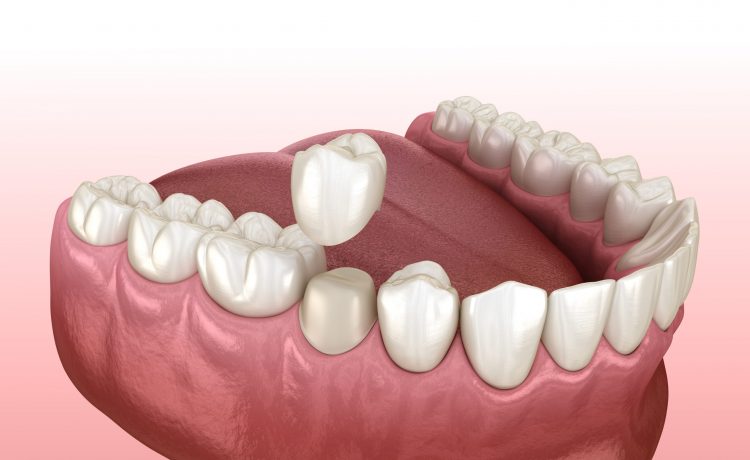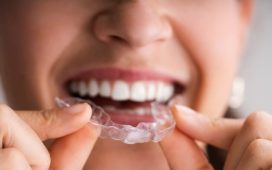Restorative dentistry can be used to treat a variety of issues, including decay, trauma, infection, and wear and tear. Restorative dentistry aims to improve the patient’s oral health and restore their smile to its natural beauty.
It would be best to explore the different types of restorative dentistry procedures, the benefits of restorative dentistry, and how they can improve oral health. You can also consider general dentistry in Union City if you want to start with restorative dentistry.
- Understanding restorative dentistry
Understanding restorative dentistry is essential to grasp its significance in oral healthcare. Restorative dentistry involves repairing and restoring damaged teeth, gums, and oral tissues. It addresses tooth decay, loss, fractures, and gum disease. Using advanced techniques and materials, restorative dentistry aims to improve oral function, enhance aesthetics, and improve patients’ overall oral health. This understanding is vital for individuals seeking comprehensive dental care and a healthy, confident smile.
- Common restorative dentistry procedures
Standard restorative dentistry procedures encompass a range of treatments aimed at repairing and enhancing oral health. Dental fillings are used to treat tooth decay, while dental crowns restore the shape and function of damaged teeth. Bridges and dental implants replace missing teeth, while dentures provide options for multiple missing teeth. Root canal therapy helps save infected teeth. These procedures are integral to restorative dentistry, ensuring the longevity and functionality of a patient’s smile.
- Restoring dental health
Restoring dental health is a primary objective of restorative dentistry. This branch of dentistry focuses on addressing issues such as tooth decay and cavities. Dental fillings are commonly used to remove decayed portions and restore the integrity of teeth. In more severe cases, root canal therapy may be necessary to treat infected or abscessed teeth. Restorative dentistry aims to alleviate pain, prevent further damage, and preserve natural teeth for optimal oral well-being by restoring dental health.
- Restorative solutions for missing teeth
Restorative dentistry offers various solutions for missing teeth, helping individuals regain their smile and oral function. Dental bridges are fixed prosthetic devices that bridge the gap created by missing teeth. Dental implants are titanium posts surgically placed in the jawbone to provide a strong foundation for replacement teeth. Dentures are removable appliances that replace multiple missing teeth, whether partial or complete.
- Benefits of restorative dentistry
Restorative dentistry offers numerous benefits to individuals seeking to improve their oral health and well-being. By addressing dental issues such as decay, tooth loss, and gum disease, restorative dentistry helps restore proper oral function and aesthetics. This branch of dentistry enhances chewing ability, promotes better digestion, and improves speech. Also, therapeutic treatments can boost self-confidence, restoring a natural-looking smile.







